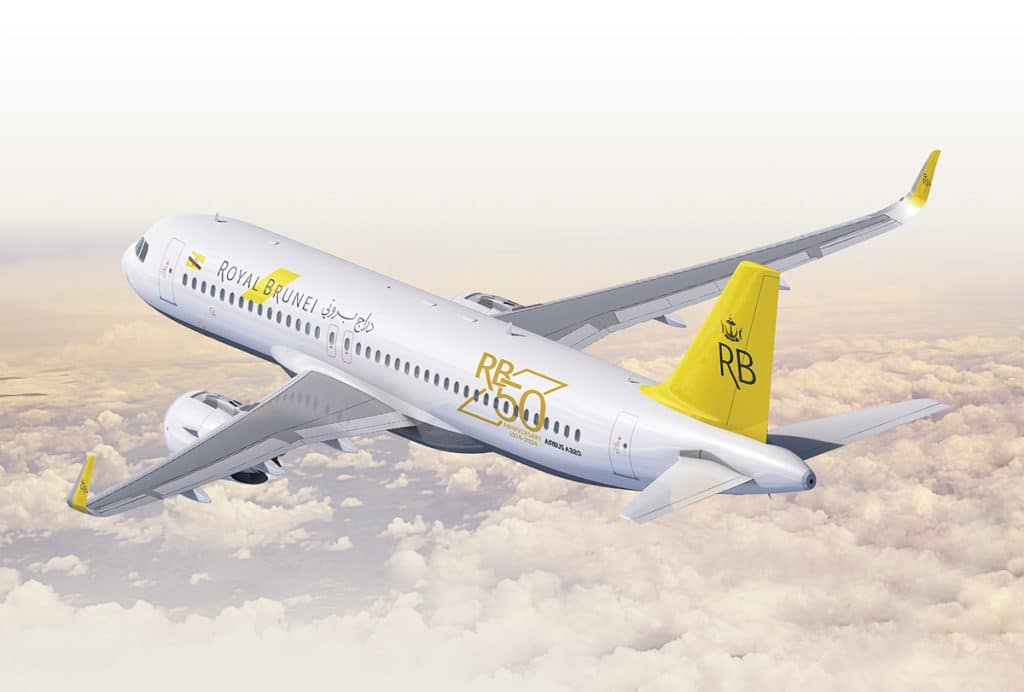DISA Opens the Door to Reverse Industry Day
For the most part, the Defense Information Systems Agency’s (DISA’s) recent Industry Day was business as usual. DISA representatives highlighted the need for lower prices, higher capabilities, more throughput, and easier connectivity. But there was one thing that stood out: DISA’s desire to have a Reverse Industry Day.
A Reverse Industry Day is a one-day event during which representatives from a commercial industry present their concerns about doing business with the government. Reverse Industry Days have been held by the Department of Homeland Security and the Internal Revenue Service, among others government agencies.
Now DISA is following in those footsteps and asking commercial technology providers to build a panel of key experts to present a critique of DISA’s acquisition process. The panel would consist of procurement specialists from a group of competing companies within a specific industry. Interestingly, Douglas Packard, DISA’s senior procurement executive, used commercial satcom as an example, suggesting that DISA knows that commercial satcom acquisition is broken.
Attendees—myself included—were excited and pleasantly surprised to hear DISA invite constructive feedback. The agency has historically been a closed environment, and its policies have remained largely unchanged over the past 20 years. That’s a big part of the acquisition problem.
Consider DISA’s effort to build a universal modem – the Joint IP Modem (JIPM). The agency selected a solution that was based on industry standards that could meet 80% of the military’s requirements. During the procurement stages, the military specified additional features and capabilities to fulfill the remaining 20% of the requirements. This significantly extended the acquisition time, and the solution no longer met the military’s needs by the time it was ready.
This is a common scenario. DISA looks to use commercial off the shelf (COTS) technology to meet the majority of its requirements, then adds military requirements to it, while also using a traditional acquisition cycle. However, by the time the “new,” no-longer-COTS technology finally reaches users in the field—years later—the military has outgrown the solution.
Instead of thinking in terms of discrete technologies, DISA should be thinking in terms of capabilities—what does it need to accomplish? For example, “We need connectivity from Point A to Point B.” This reframes the need and the requirements so that they can be fulfilled with a service. Focusing on services rather than hardware gets DISA out of the business of building and maintaining technology solutions that are already available on the market.
With commercial satcom services, it is unlikely the DoD will ever “outgrow” the solution. Market pressures force service providers to keep their infrastructure up to date and service offerings innovative. Satcom as a Service solutions, such as IntelsatOne Flex, enable government organizations to benefit from the technological advances of high-throughput satellites and modern modem architectures while meeting accelerating bandwidth demands.
For a Reverse Industry Day to be successful, all of the industry panelists must feel confident that they won’t experience any backlash. The last thing any company wants is to be excluded from future acquisitions as a result of honest critiques of DISA processes. DISA could also assure participants that the time and effort put into the event would be worthwhile, and that the agency is open to new approaches.
Ideally, this event and others like it would lead to productive dialogue about better ways to put innovative technology into the hands of the warfighter – the key people we are all here to support.
Nonetheless, we are excited to see the agency’s willingness to consider feedback in this area and hope it’s a sign of more good things to come.























